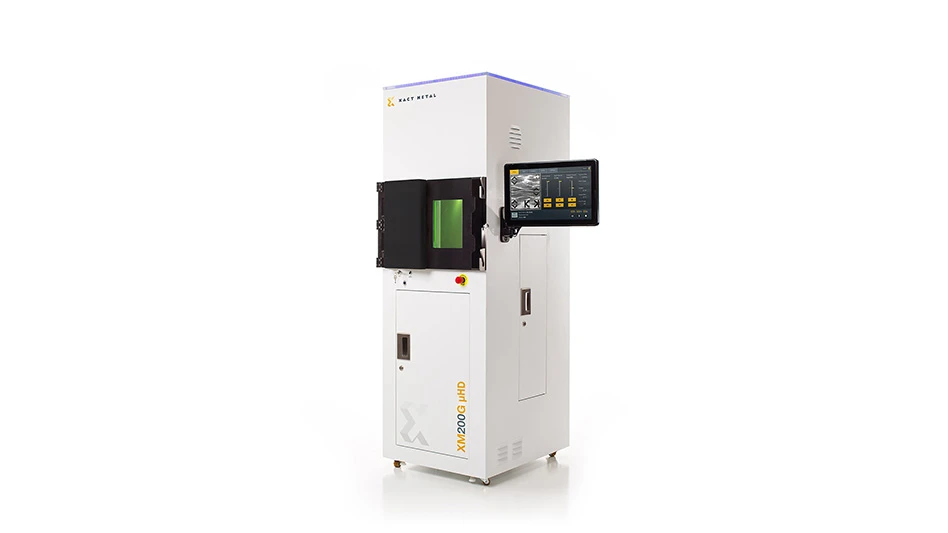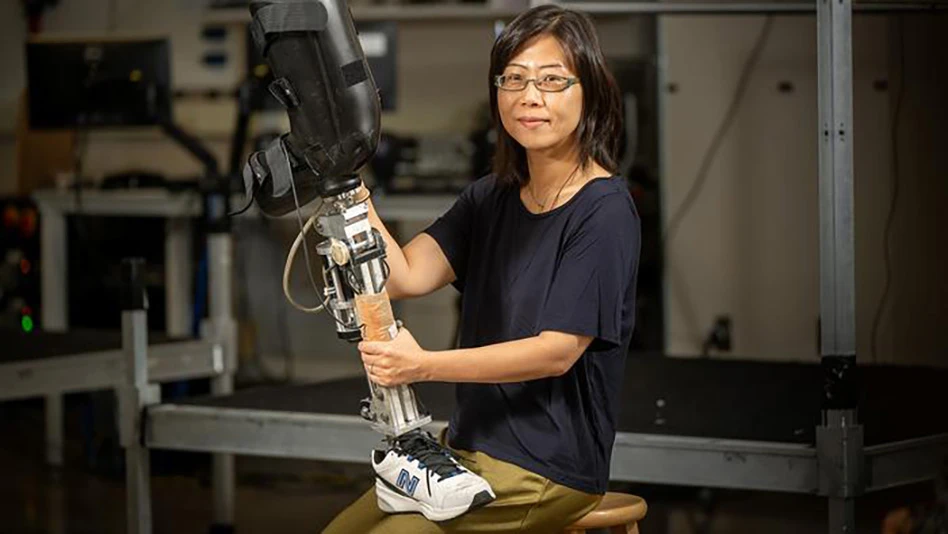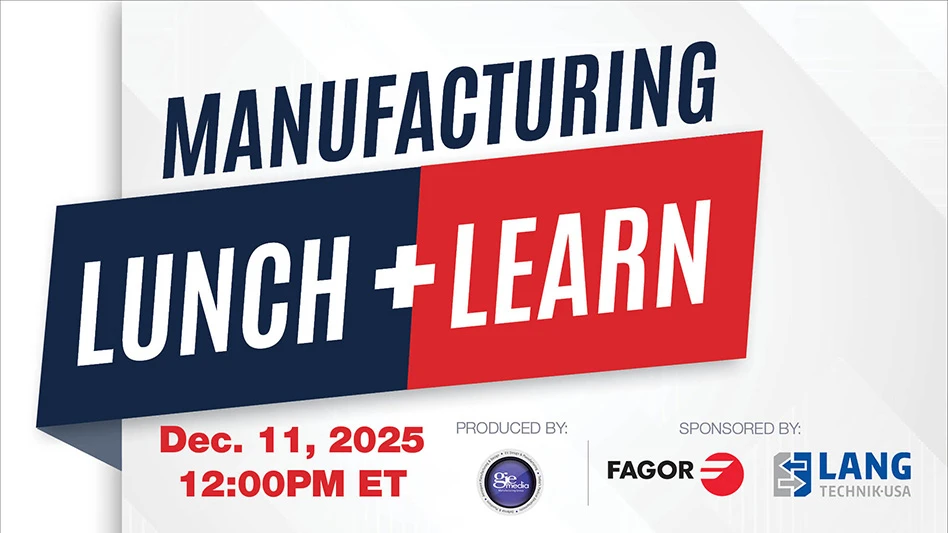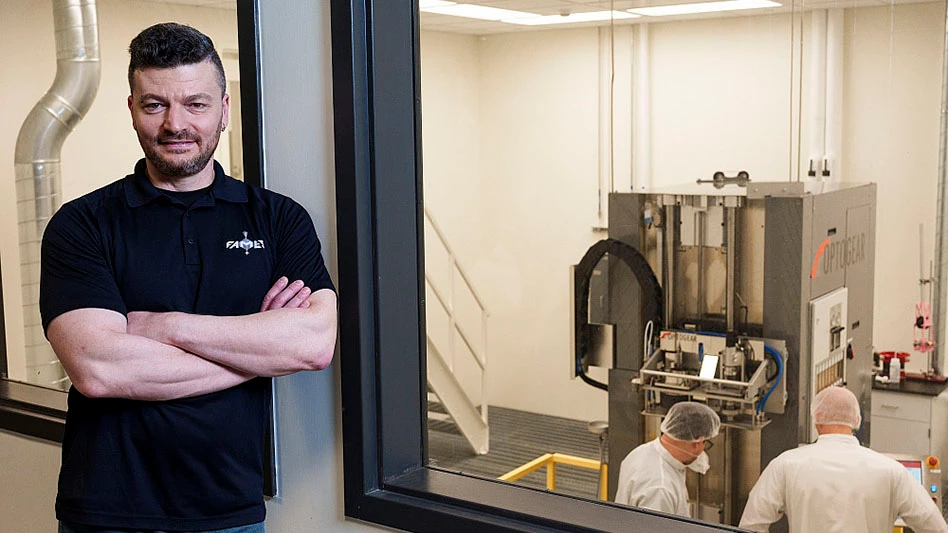 More than 29 million people in the United States have some form of diabetes. This is up from 26 million in 2013, according to a June 2014 report by the Centers for Disease Control and Prevention. One in four people who have diabetes are unaware of it. Another 86 million adults suffer pre-diabetes where their blood sugar levels are higher than normal. Without weight loss and moderate physical activity, 15% to 30% of people with pre-diabetes will develop type 2 diabetes within 5 years.
More than 29 million people in the United States have some form of diabetes. This is up from 26 million in 2013, according to a June 2014 report by the Centers for Disease Control and Prevention. One in four people who have diabetes are unaware of it. Another 86 million adults suffer pre-diabetes where their blood sugar levels are higher than normal. Without weight loss and moderate physical activity, 15% to 30% of people with pre-diabetes will develop type 2 diabetes within 5 years.
Today, the insulin inhalation powder is available in pre-metered single-use cartridges for use with a specially designed inhaler. The cartridges are inserted into the breath-powered inhaler, and patients take a deep inhalation by mouth to administer the therapy one minute before the first bite of any meal. Similar to other insulin products, the dose is patient-specific and titrated to blood glucose levels.
Supplier choice
Manufacturers are being extremely thorough in ensuring they have the best design and highest performance functioning parts to manufacture the inhalers, so the therapy-dispensing device delivers the dose properly.
With such high expectations comes the significance of investing in the right suppliers, with each part being scrutinized, down to the smallest components. The O-ring is of particular importance because it enables the inhaler to deliver powder across a wide range of inhalation flow rates.
|
Diabetes treatment In response to the growing diabetes epidemic, medical device companies and pharmaceutical manufacturers are innovating new therapies. Several companies are developing formulations for inhalable insulin. After declining two versions in 2010 and 2011, the FDA approved the inhaled insulin therapy Afrezza in 2013, which is for the treatment of T1DM and T2DM (type 1 and type 2 diabetes). The inhaled prandial insulin, which delivers bolus insulin, will give patients an alternative to injections. According to Afrezza’s manufacturer, MannKind Corp., the product more closely mimics mealtime endogenous insulin secretion than injectable insulin because it is composed of recombinant human insulin and an inert excipient that has a more rapid onset and shorter duration of activity than current injectable insulin. While Afrezza lowers glucose less than rapid-acting insulin, it demonstrates less hypoglycemia and acts as one of the fastest absorbed insulins available – a therapy breakthrough for patients as an alternative to bolus injections. Lungs are capable of absorbing the new insulin formulation in a dose-dependent and reproducible manner. The therapeutic efficacy and safety of the inhaled insulin is comparable to that of standard subcutaneous insulin treatment. The most important advantage of the new therapy is the therapeutic comfort for patients who don’t need to inject insulin for mealtime glucose control. The patient has new freedom by taking insulin in a public settings. |
Silicone is the preferred material for the O-ring as it is inert and eliminates any transfer of contaminants to the insulin that passes through the inhaler. For the manufacturing of these specialized multi-component inhalers, the O-rings are typically developed using highly automated liquid silicone rubber (LSR) technology because of the need for high volume precision parts with absolute consistency and very tight tolerances. With previous inhaler products taken off the market and declined for approval by the FDA, manufacturers are not taking any chances by implementing mediocre-grade products. Using LSR technology yields a faster turnaround and improved finish.
In addition, the LSR technology enables flashless molding, where special tooling and mold designs create the silicone part while preventing excess material escaping or flashing, eliminating the unsightly, often function-impairing material known as the parting line flash. The result is an end product with geometrical accuracy and finish consistency to meet strict application standards.
LSR technology also lowers material and labor costs that are often associated with trimming off excess material. Inhaler manufacturers are particularly concerned with finished products possessing a more uniform and predictable exterior.
Another important factor is cleanliness, and parts need to be manufactured in cleanrooms that conform to ISO 13485 standards and facilities that are designed and engineered to meet or exceed U.S. and international regulatory requirements.
The best suppliers should therefore provide a value-added approach, shoulder-to-shoulder design engineering, special delivery programs, and a global reach with a local presence. A supplier should go beyond those basics and be a partner that invests in the success of its customers.
We will see these medical devices evolve, especially since this inhalation therapy covers an unmet medical need for patients with diabetes. It delivers an effective treatment option that is easy to self-administer, addresses issues for patients in giving them the potential for less weight gain, has a lower risk of hypoglycemia, and is adaptable to diverse patient lifestyles.
Trelleborg Sealing Solutions
www.tss.trelleborg.com
About the author: Luis Tissone is the director of Life Sciences at Trelleborg Sealing Solutions and has worked as a regional sales manager for Helix Medical. Tissone can be reached at 260.482.4050.

Explore the April 2015 Issue
Check out more from this issue and find your next story to read.
Latest from Today's Medical Developments
- GrindingHub Americas launches in 2027 in Cincinnati, Ohio
- Methods Machine Tools now offers the Nakamura-Tome NT-Flex
- Battelle awards $900,000 in STEM education grants to Ohio schools
- #55 Lunch + Learn Podcast with KINEXON
- Starrett and Gerstner offer limited edition, American made 1950s replica wooden machinist tool chests
- EMCO’s UNIVERSALTURN 50: The new benchmark in universal turning
- Archetype's Expertise for Equity accelerates early-stage innovation
- Stratasys expands its AM solutions with Tritone's cutting-edge technology





